Visiting Master Zhang’s terraced fields in the mountains above Daping village, one of the first things you notice is how happy everything looks to be alive. The plants get sweet mountain spring water, morning mist and afternoon sun. The hills are bursting with wildflowers, Chinese medicinal herbs, and of course: tea.
On our last visit, we came to Daping from Laoshan Village in cold, northern Shandong. Mr. He in Laoshan took us out to his fields to explain how much work it takes to make his tea grow and flourish: all the watering, cutting back, careful crop rotation, building greenhouses to protect the leaves through the winter months, and more. It was such a contrast to walk Master Zhang’s fields and see him completely at ease. He doesn’t water his plants; he doesn’t need to manage his fields like they do in Laoshan. The tea growing on his land was planted by his father and his father’s father before him, and with his care, it should be around for the next generation to come.
This is the land of milk and honey for the camellia sinensis plant – Anxi county in Fujian. It is famous for its Tieguanyin varietal oolong, and for good reason. Tieguanyin is a striking and singular expression of the balance between creamy, grassy and floral. It was one of the first teas we ever fell in love with, and the diversity of flavor within that one varietal can occupy many for a lifetime.
Yet in a land like the hills above Daping, biodiversity is king. Tieguanyin may be the most popular varietal for cultivation, but Master Zhang’s fields are full of many other tea varietals. Master Zhang is eager to show that tea culture is not set in stone. New varietals are being experimented with all the time. Some varietals have actually been growing in the region far longer than Tiegunayin, while others are brand new. Part of the excitement for the next generation of tea farmers is the innovation of trying new things, applying different processing techniques, or using different varietals to break with or set new traditions.
Because Master Zhang was excited enough to show us many of the other varietals growing on his land and explain what makes them each unique and worthwhile, we asked him to pick out a selection of oolong teas he produces besides Tieguanyin. Just a small selection of the biodiversity in his fields yielded us ten brand-new teas.
When we got all the samples to taste together, we were honestly a bit skeptical that there would be room in the collection for every single one. Yet the thrilling thing about our tasting was that each and every tea offered distinct qualities that set it apart from anything else. If Wuyishan can offer Qilan, Rou Gui, Shui Xian, Shui Jin Gui, Mei Zhan and many more, all processed similarly, why not Anxi? Wuyi and Anxi are the two big cultural capitals of tea in Fujian province, and they both deserve to show off everything they are capable of.

Huang Jin Gui
With ten new teas to introduce, we had to split the collection into many different tastings to give each tea the room it needs to shine. The first tea we tasted together was Huang Jin Gui. The first thing we noticed about Huang Jin Gui – something we found to be true for almost all of these non-Tieguanyin varietals – is that the leaves were much, much greener and opened much faster than Tieguanyin. While Tieguanyin can take about three steepings or more to fully open up in a gaiwan, these other varietals start bursting open during the rinse, and are often fully opened up by the second brew.
The aroma of Hunag Jin Gui is sweet as can be, with thick jasmine florals and a touch of citrus. The flavor reminded us of osmanthus rice cakes with a touch of lime zest. Then again, notes of osmanthus should be no surprise, as this varietal is actually named after the yellow osmanthus. The texture on this green oolong is big and crunchy in a satisfying way. Everything about Huang Jin Gui is big, bold, and bright. While Tieguanyin takes three steepings to come into its element, Huang Jin Gui comes out swinging!
As the tea keeps steeping out, its aftertaste builds up with that floral osmanthus goodness, and the citrus begins to take over. We get a lot of bergamot flavor, which pair really well with the notes of osmanthus and rice. All together, this feels like a sunny dessert tea that we are excited to try iced as well. Its bold aroma makes it a must try for anyone who loves the florals and fruity notes in Tieguanyin.

Mao Xie
Next, we moved to the Mao Xie Oolong. This unique tea is often directly translated as “Hairy Crab,” named for the tiny down on the tea leaves. Master Zhang let us know that Mao Xie is actually the “native” tea of Daping Village, the first tea growing in the region. Daping is one of the places where Mao Xie started, and Master Zhang thinks of it as an important part of the area’s cultural heritage.
The leaves are much smaller than any of other varietals we tasted, and the aroma of the wet leaf reminds us of candied ginseng and licorice root. The leaves popped open on the very first infusion, an even brighter green than the Huang Jin Gui. The flavor is much more autumnal, full of crisp apple, sweet brandy and a touch of spice.
The second infusion brings out a unique savory toasted sesame and nori flavor that moved towards grassy vegetal alfalfa and sweet grass. Later infusions bring out a marigold floral note, sweet lemon shortbread and herbaceous rosemary.
Tasting this Maoxie reminded us more of the way Master Zhang finishes his Traditional Tieguanyin, as the savory elements are much richer. Anyone who loves Traditional Tieguanyin will be fascinated by Daping’s native tea, the Maoxie varietal.

Zi Mu Dan
Zi Mudan, or Purple Peony, is an exciting new varietal of tea developed and perfected only in the last 20 years. In sensory evaluation lab tests, it has often outmatched Tieguanyin in terms of aromatics. This promising tea was developed with rolled oolong processing in mind, but there are plans to encourage white tea processing of Zi Mudan in the future. We are excited to see where this varietal goes, as it certainly made for a striking tasting experience.
We had to write down “wow” as an official note from our tasting as a team because of all the exclamations uttered as we passed the gaiwan around to smell the wet leaf. The aroma is incredibly refined and floral.
The first steeping is full of rose flavor, with a touch of sweet green bean vegetal notes. We had a winemaker tasting with us who declared this tea was straight up Loire Valley Sauvignon Blanc profile.
The next steeping unfolded with peony, and creamy rose turkish delight. With the rose, and sweet cream accented by thick jasmine we felt like we were at an Egyptian garden party.
Later steepings brought in chrysanthemum, and sweet custard flavor. We all wanted to infuse this tea in Gin for summer tonics.The snow falling outside did little to deter our spirits as everyone starting planning and dreaming for spring gardens and days spent outside.
We are super excited by this varietal. It is truly the utmost aromatic expression of the floral side of Tieguanyin. Any floral tea aficionado won’t want to miss the chance to discover Zi Mudan.

Ben Shan
Ben Shan is a much more well-known varietal coming out of Anxi. Many people’s first experience with Tieguanyin is actually often a Ben Shan tea. Ben Shen has a much bigger profile than Tieguanyin in terms of initial flavor, making it more popular for many tea lovers than its more (in)famous Tieguanyin cousin.
The aroma is full of signature Tieguanyin lilac, the smell of early spring. The flavor is full and bold from the start, full of juicy pear and sweet honey with even more lilac and cream. While Tieguanyin balances floral and creamy with vegetal, Ben Shan goes all the way with the luscious dessert flavors, producing an aromatic jade green cup with satisfying lingering aftertaste.
It is no wonder that Ben Shen is often blended with Tieguanyin or sold as Tieguanyin because it is so immediately likable. The comforting flavor of Ben Shan is something we could easily drink every day.

Anxi Rou Gui
The last tea in our first tasting was the Anxi Rou Gui. Rou Gui is much more famous processed as a strip style oolong in Wuyishan. We were super excited to get this in as a greener, rolled oolong from Daping to see how much of the varietal’s unique cinnamon flavor comes from the leaf and how much is terroir and processing.
We were delighted and surprised to open our gaiwan of bright green leaves and smell undeniable, bold, sweet cinnamon. In a way, the lighter processing produced a tea that was almost more cinnamon-forward than roasted Rou Gui from Wuyi!
Sipping the tea, we taste cinnamon vanilla oatmeal. It was remarkable to be tasting such deep, dark toasty flavors from a green rolled oolong.
In later infusions, you notice even more cinnamon, accented with sarsaparilla and vanilla flavor. The aftertaste is crisp and clean like a good London Dry gin.
Throughout steeping the tea, we found ourselves laughing with surprise and delight. That is one thing that makes this Rou Gui was so exciting. We loved the green expression of the tea. Never before have we had the chance to try such a thoroughly spice-heavy tea with such light oxidization. Anyone who loves Wuyi oolong will be interested in seeing the Anxi perspective on a classic Wuyi varietal.
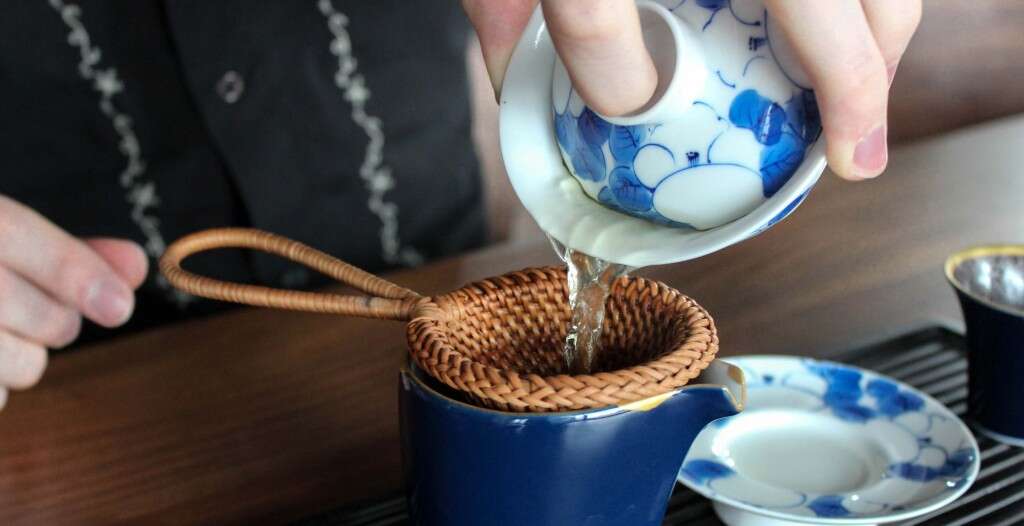


 How To
How To Myths & Legends
Myths & Legends Travelogue
Travelogue Tasting Journal
Tasting Journal Talking Shop
Talking Shop Tea 101
Tea 101 Watch
Watch Teaware
Teaware News
News
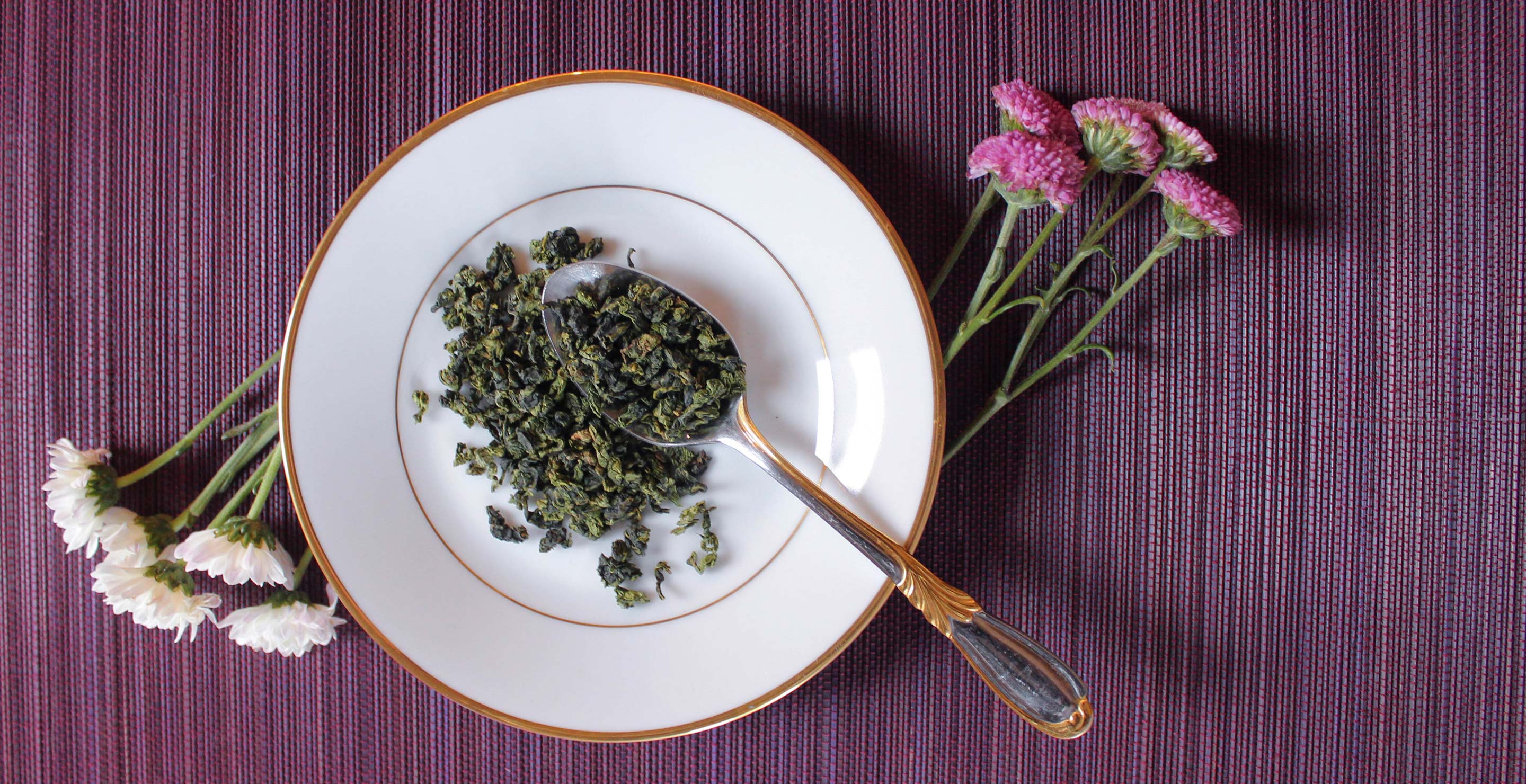
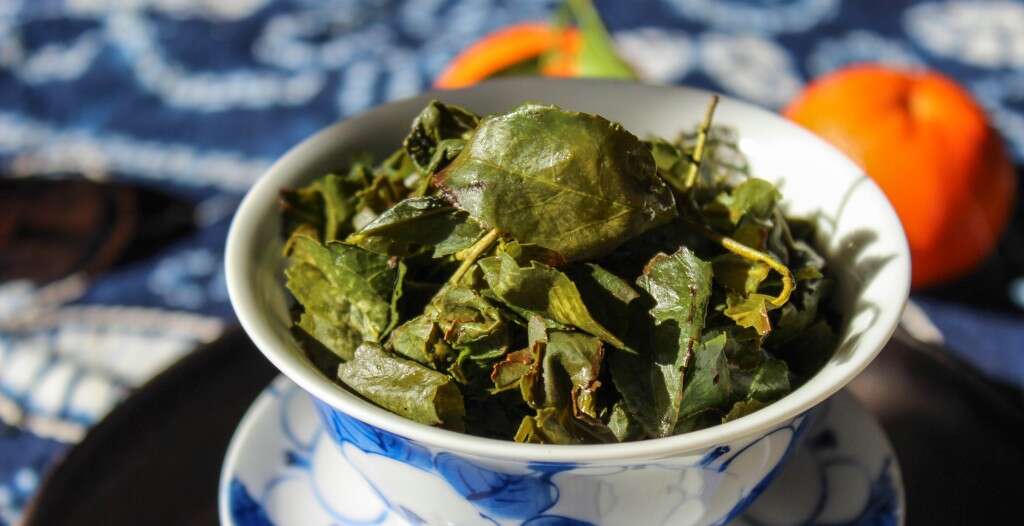
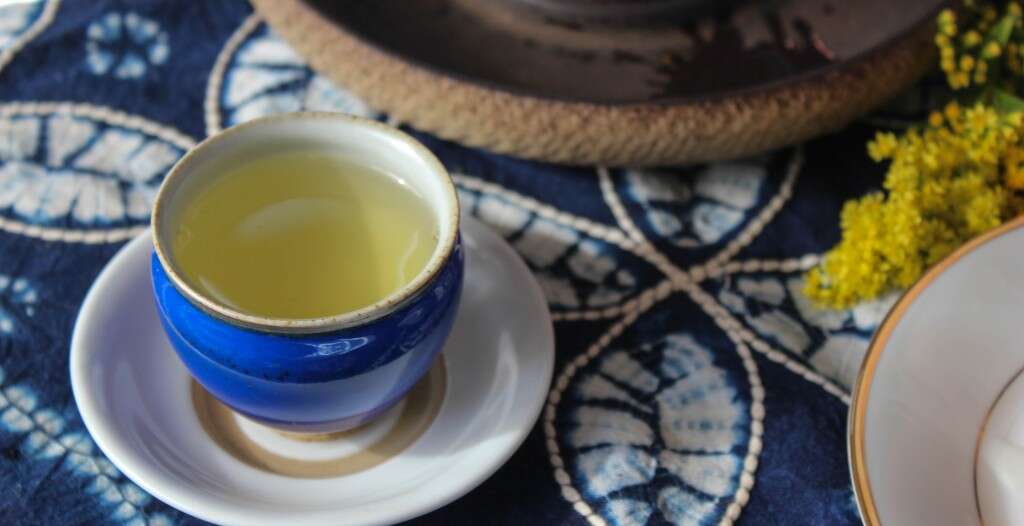


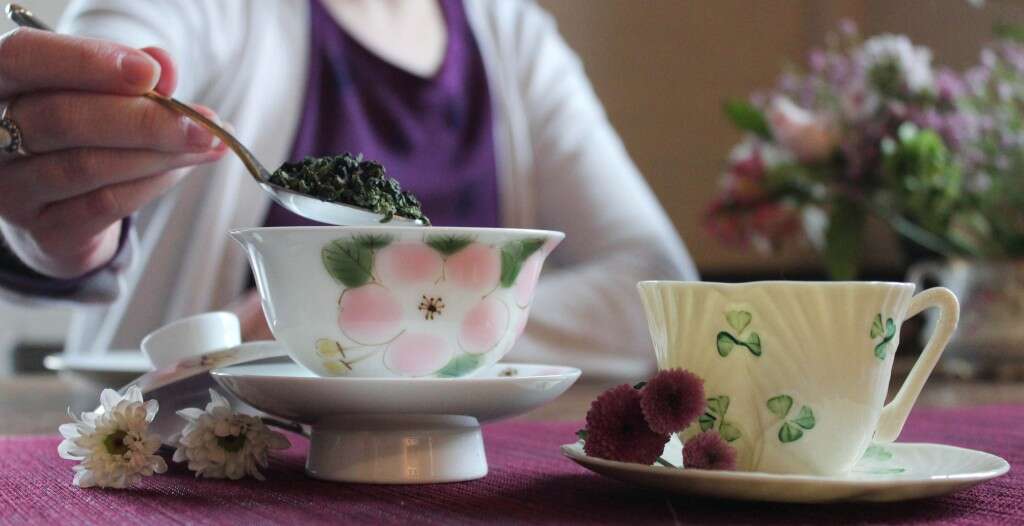

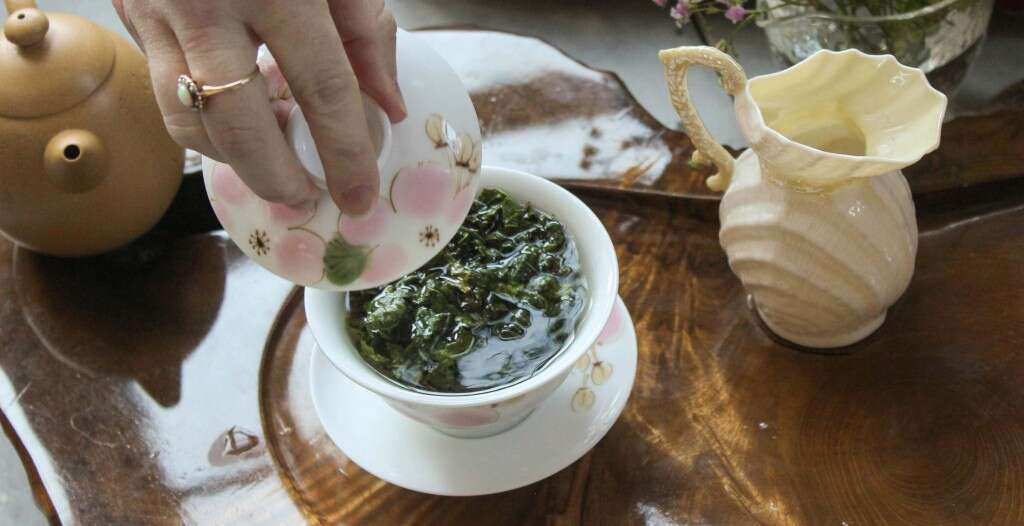
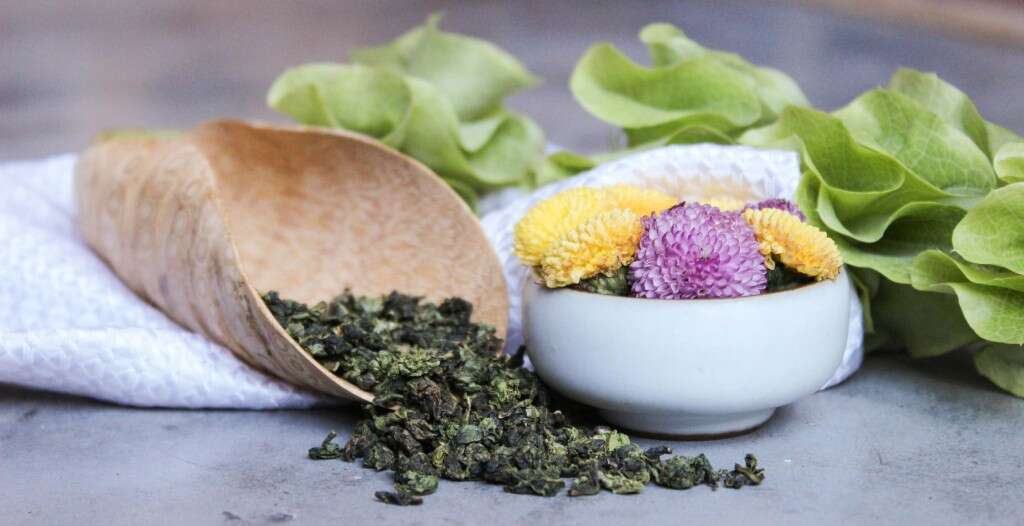
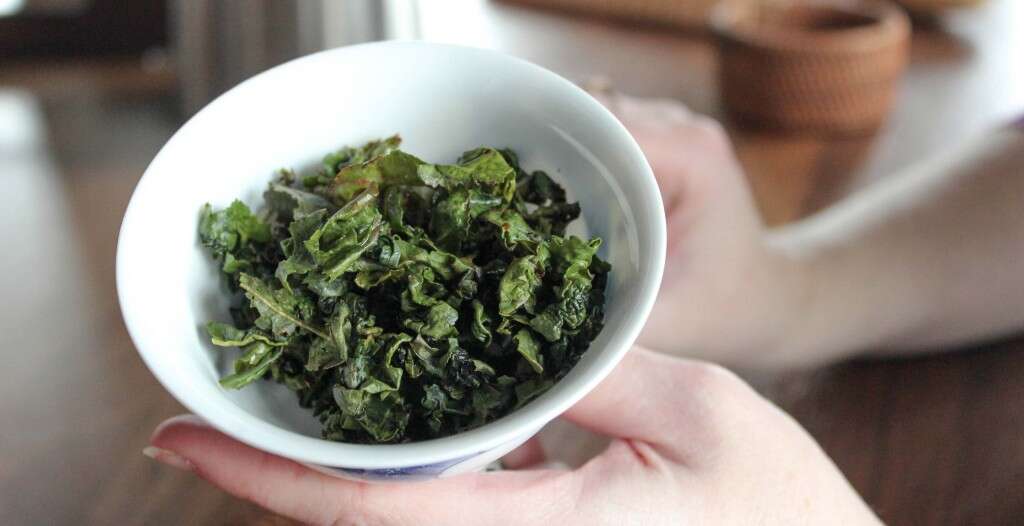
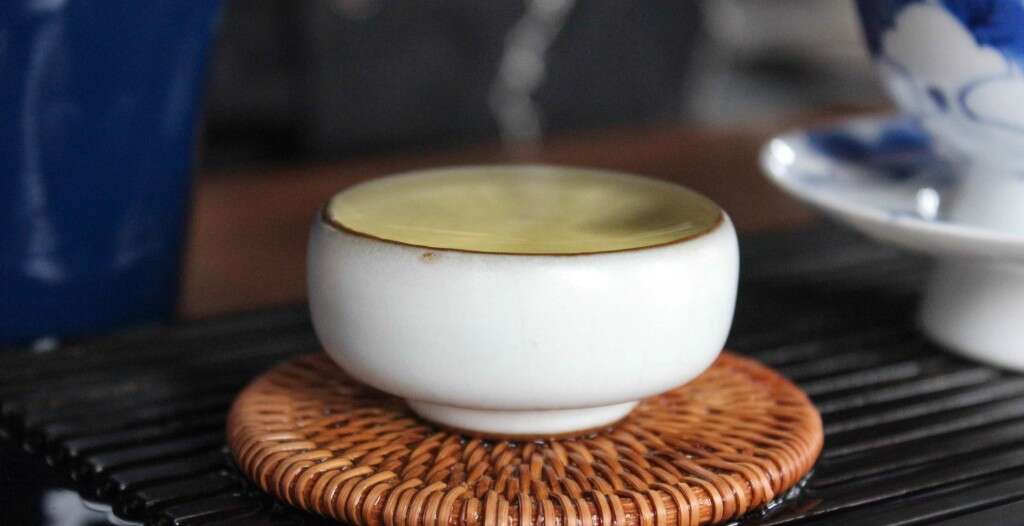
Leave a Reply